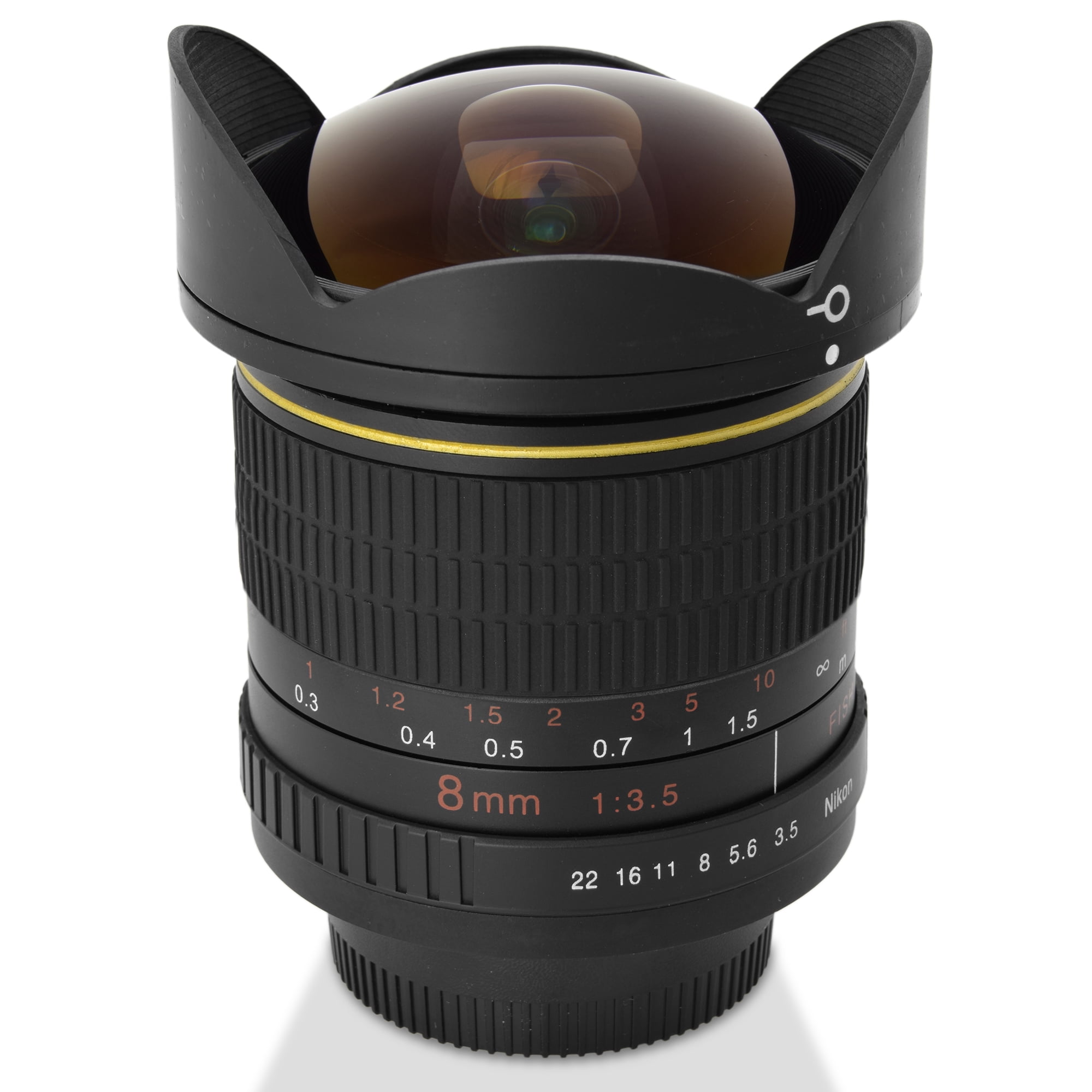

Shortly after that, bands started to use fisheye lenses for music videos and album covers. Photographers realized that the fisheye lens gives a sense of greatness, and toward the end of the decade, hugely popular acts like The Beatles, Jimi Hendrix, and the first Woodstock music festival were captured that way. From Apollo missions training to political rallies and conventions, the fisheye lens captured some iconic moments.Īnd an interest in the weird perspective was brewing in an improbable corner of the entertainment industry. Wood invented the fisheye lens back in 1906, and it became a staple in the mass-produced mid-’60s. With the introduction of Nikon’s Fisheye-Nikkor lens, photos using the technique were seemingly everywhere. While the lens is a popular option for creating dramatic cityscapes and disproportionate crowd shots, it found the most success in an unlikely medium. However, when you search for fisheye lenses online, you’ll find exactly what you need. Just don’t forget to keep all your lenses safe in a camera backpack. The term “fisheye” was in wide circulation among photographers, but in recent years the more professional-sounding “ultra-wide-angle lens” is the preferred name. So even though its eyes are on the side of its head, it can still see what is in front of it.

The name is derived from the eyes of a fish, as it has a visual angle greater than 180 degrees.

Applying different effects to it, the lens can transform drab landscapes into surreal environments. Straight objects are bent out of shape and content often has a vignette effect. You’re not wrong if you think that it sounds the same as the panoramic function on mobile phones.īut with a fisheye lens, the final image is somewhat hemispherical, with heavy distortion on the edges. The short, stubby lens gives you a perspective that is more than 180 degrees. Opt.Out of all the camera lenses, a fisheye is one of the most interesting. The effective focal length is 5.2 mm Image from Anne-Sophie Poulin-Girard, et al. In these cases, it is necessary to correct these dimensions to avoid needing very expensive and delicate optical elements.įigure 2 shows the layout of a fisheye lens with some of the optical elements mentioned above.įiure 2. Sometimes, the ideal lens can be very thin or even overlap with other lenses due to the high negative curvature. To correct for this aberration, it is usually recommended to place a double achromatic lens behind the aperture stop.Īn important aspect twhen designing fisheye lenses is the mechanical aspect of the lens. Another challenge is to reduce lateral color aberration (axial color aberration is not so much of a concern due to the short focal lengths). There is also a considerable amount of pupil aberration that needs to be corrected to reduce vignetting. To do this, multiple optical elements are required, usually having negative elements at the front of the lens and positive elements at its back.

One challenge of fisheye lens design is bringing all the light from these extreme angles into the sensor or viewer eye. Aberrations and Design ConsiderationsĪnother characteristic of fisheye lenses is that the image illumination is consistent (no vignetting is present.) This extreme FOV produces a characteristic image with a large distortion.įigure 1: Fisheye image with large distortion. The latter can be as large as 180-degrees, giving the user a complete view of a scene. Usually, the fish eye lens has a very short focal length (less than 15mm for a 35mm-size image sensor), but a large field of view (FOV). Anyone who has peaked through a hotel room peephole has used a fish eye lens.


 0 kommentar(er)
0 kommentar(er)
